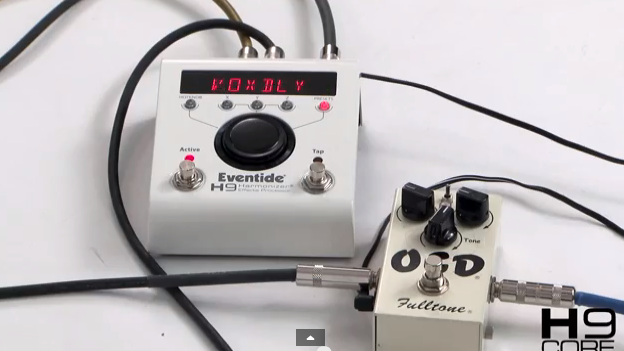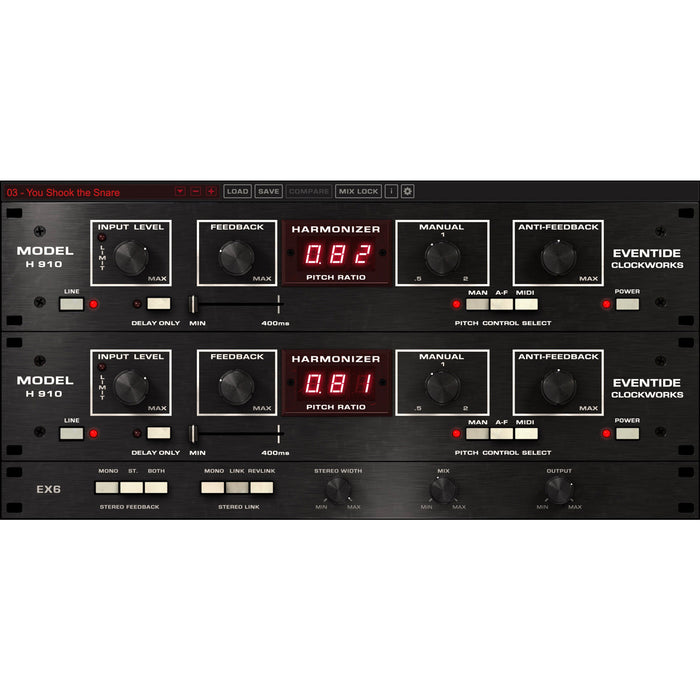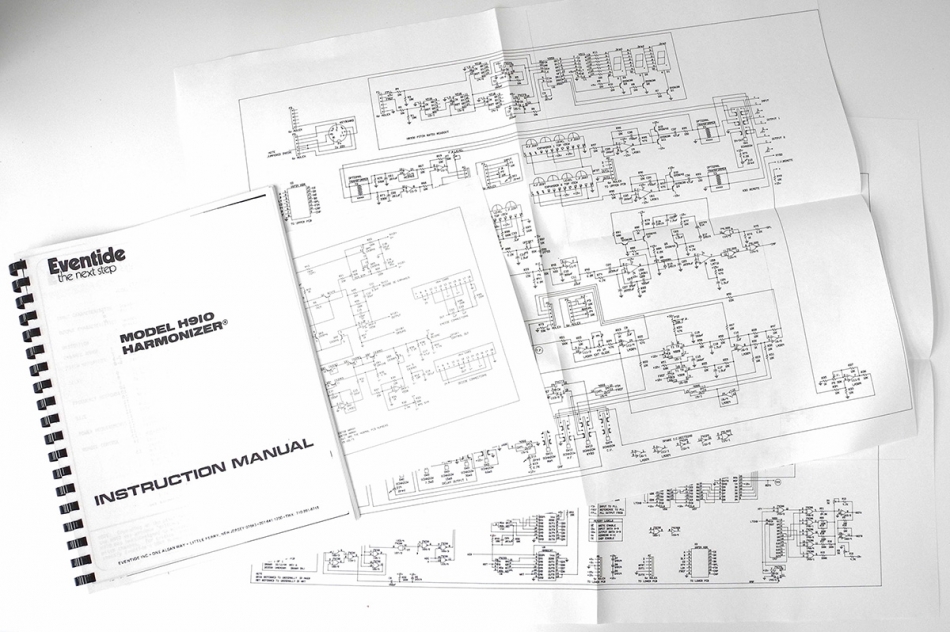

Producer Tony Visconti used the H910 to achieve the now-legendary snare sound on David Bowie’s Young Americans, and Tony Platt did likewise on AC/DC’s Back in Black. Jimmy Page was an early fan, incorporating the H910 into his guitar rack, and, similarly, Frank Zappa employed it heavily as part of his guitar sound. In 1974, Agnello conceived of a harmony processor but had little idea that he was creating a classic tool for the most successful artists of their generation. Ideal for vocals, guitars, and horns, the Eventide H910 was invented by then-engineer, Tony Agnello. Music engineered on the H910 became the soundtrack of the seventies and eighties drawing praise and extensive use from a select group of top artists and producers. Early customers included New York City’s Channel 5 putting an H910 to work, downward pitch shifting the audio portion of “I Love Lucy” reruns that were sped up to squeeze in more commercials. Users soon found all sorts of applications, ranging from regenerative arpeggios to bizarre sound design effects to lush guitar or vocal fattening. The combination of glitch, randomness, and analog signal path, especially when the feedback control was turned up, added an ‘organic’ feel to the sound and that feeling comes through in the plug-in.Yes, vocalist Jon Anderson tested the first prototype.
#EVENTIDE H910 WIRING HOW TO#
This article will address how to set it up in both Console 2 and your DAW software of choice. This was evident in the way that the display would flicker between pitch ratio readings. Setting Up the Eventide H910 Harmonizer Plug-In for MIDI Control The UAD Eventide Harmonizer H910 is the first UAD plug-in that can accept MIDI input for control. The system clocks at the heart of the design drifted and wobbled introducing a degree of randomness in the effect not found in later crystal-based, precise digital devices. The design predates the introduction of the CD and digital audio sample rate standards (e.g. In addition to the glitch, all of the quirkiness of the original H910 has been emulated. Not surprisingly, artists found creative ways to use the glitch, and, in fact, years later when the H949 was introduced with advanced de-glitching circuitry, some users were disappointed that the glitch was gone. The original H910’s unique pitch change method introduced random ‘glitches’ into the audio and the word ‘glitch’ into the audio engineer’s vocabulary.



True analog modeling of highly nonlinear electronics for faithful reproduction of the original H910’s juicyness and grit.OUT2 Delay Group adds inspiring attributes to your sound.The built-in envelope follower makes exploring these possibilities easy.
#EVENTIDE H910 WIRING FOR FREE#
All live classes may be attended for Free Sign.


 0 kommentar(er)
0 kommentar(er)
